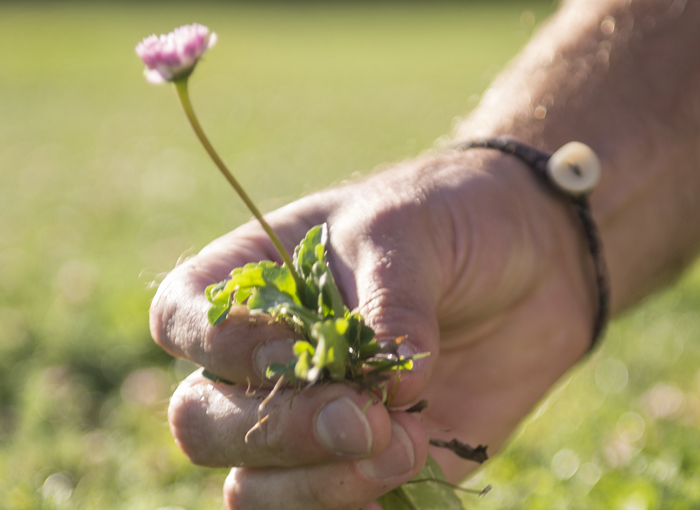On the cusp of a new year, some stories of 2022 rise to the top. From invasive insects to soil care to a new website, Oregon State University Extension faculty have been busy. We invite you to take a seat, pour a beverage of your choice and settle in for a fun and informative ride reading the Top 10 gardening articles of the year.
Solve Pest and Weed Problems website: A six-year effort to produce Solve Pest and Weed Problems was shepherded by Weston Miller, an OSU Extension community horticulturist, who worked with public collaborators. The website focuses specifically on the Pacific Northwest and prioritizes low-risk approaches. Based on feedback, Miller incorporated household pests, invasive plants, pesticide safety and pollinators, as well as pests and diseases.
Moles and slugs: Two common and destructive pests are always popular topics. This year was no exception with stories about controlling slugs and curbing the ravages of moles both topping the list. The articles cover how and why the creatures attack our garden and what can be done about it.
Jumping worms: A new invasive pest — the jumping worm — has officials and gardeners very concerned. The worms, easily identified by their violent thrashing, slithering and actual jumping in the air, eat two to three times the amount of leaf litter as other garden worms, causing extensive damage to soils and the ecosystem.
Drought-tolerant plants: Gail Langellotto, a horticulturist with Oregon State University’s Extension Service, offers ideas for 10 low-water perennials. With climate change bringing hotter temperatures and drought continuing to plague parts of the state, gardening with drought-tolerant plants becomes more and more important for helping to preserve the planet’s resources and to save you money. Along the same line, an article on caring for heat-damaged plants concentrates on restoring plants that look almost dead after a hot episode.
Clay soil is forever: Clay soils are the bane of many gardeners in Oregon, especially in the Willamette Valley. Clay has its attributes such as a lot of nutrients but left unamended can cause frustration and failure. Adding organic matter can help. Learn how.
Peat moss consequences: A story about the effect peat moss on the environment struck a nerve. As it’s harvested, the carbon that’s been sequestered in peat moss bogs for millennia, is released back into the atmosphere, contributing to a warming climate. Effective alternatives are out there but none quite the same.
Eco-lawn not non-maintenance: Eco-lawn, a combination of grass and broadleaf perennials, is becoming more and more popular with those who want to use fewer resources on their lawn. But before you convert, realize eco-lawns, which require less attention than a traditional lawn, do need some maintenance to keep them attractive. Discover the advantages and disadvantages.
Pollinator project: The results of a three-year research project showed native plants appear to be most attractive to native pollinators, bees in particular. The study was conducted by Aaron Anderson, former Ph.D. student in the OSU Garden Ecology Lab. Led by Langellotto, the lab studies gardening, covering everything from soils to plants to insects to the people who put plants in the ground.
Beastly bind weed: In June an article on controlling bind weed appealed to a lot of readers. With white trumpet-shaped flowers and thin stems that twine around just about anything, bindweed is one of the most frustrating weeds for home gardeners. Learn some control methods.
About OSU Extension: The Oregon State University Extension Service shares research-based knowledge with people and communities in Oregon’s 36 counties and the Confederated Tribes of Warm Springs. OSU Extension addresses issues that matter to urban and rural Oregonians. OSU Extension’s partnerships and programs contribute to a healthy, prosperous and sustainable future for Oregon.

